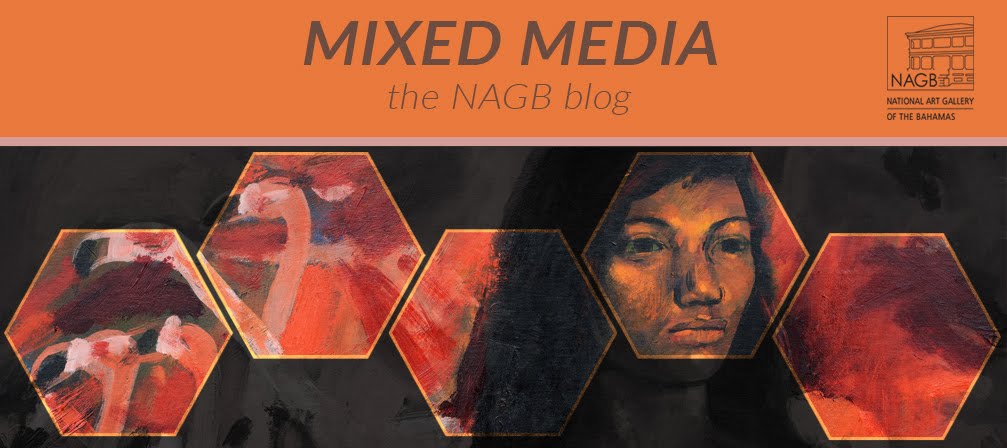
Mosaka, Tumelo, Annie Paul, and Nicollette Ramirez. Infinite Island: Contemporary Caribbean Art. New York: Brooklyn Museum in association with Philip Wilson Publishers, 2007. Print.
Speak of the Caribbean to the wider world and pictures of grand palm trees, pristine blue waters and easy breezy island life are imagined. In an exhibition catalogue entitled Infinite Island: Contemporary Caribbean Art, assistant curator at the Brooklyn Museum, Tumelo Mosaka, attempts to deconstruct clichéd notions of Caribbean visual culture by exploring the work of 45 contemporary Caribbean artists.
These artists, purposefully chosen, represent a variety of Caribbean nations, stretching from Cuba to Montserrat. In turn, these diverse artists bring with them their own individual baggage, art that is loaded with personal visual, cultural and social subtext. Issues such as migration, race, colonialism, power, poverty, feminism and idealism are addressed with an uncanny beauty, whilst remaining true, almost harsh, to the true messages.
One piece in particular by Puerto Rican based artists, Jennifer Allora and Guillermo Calzadilla, personally stands out. In their series entitled, Land Mark (Foot Prints), the viewer is confronted with footprints in golden sand. No other scenery is shown, just a confusing haste of footprints etched into the surface of the beach. Upon closer inspection, the footprints don’t convey the grooves of a regular foot, but rather, are stylized pieces with words and images engraved into their surfaces. One particularly strong footprint screams “LA MARINA ES MUERTE” (THE NAVY IS DEATH) with glaring skull and crossbones next to it (Mosaka 39). In reality, Allora and Calzadilla designed these rubber soles for activists who planned to trespass and protest on the U.S. military base in Vieques, Puerto Rico (Mosaka 38).
Of the 80 plus works in Infinite Island, there is a noticeable lack of ‘traditional art’ represented. Indeed, paintings are a sparse thing; the catalogue is instead filled with pictures of looming sculptures, large-scale installation pieces, sculptures and photographs. As a result of this decision-making, Infinite Island actively challenges traditional notions of Caribbean art. The viewer can no longer expect to see graceful landscapes expertly painted onto canvas, or cool watercolour scenes of native boat life, scenes that have often defined Caribbean art in the past.
I would have liked to see work from a wider range of Caribbean countries, say from The Bahamas for instance. Though, as one of the first real attempts to catalogue Caribbean contemporary art in the United States, Infinite Island is a raging success. Not only do Caribbean people learn about themselves and their art, individuals from foreign countries see a more realistic portrayal of Caribbean art and life. It is good to finally see those imagined pristine palm trees gone, as Infinite Island lets the truth rush in.
-AK
Interesting Further Reads:
Brooklyn MuseumMacmillan
New York Times
Works Cited
Mosaka, Tumelo, Annie Paul, and Nicollette Ramirez. Infinite Island: Contemporary Caribbean Art. New York: Brooklyn Museum in association with Philip Wilson Publishers, 2007. Print.
"Exhibitions: Infinite Island: Contemporary Caribbean Art." Brooklyn Museum: Infinite Island: Contemporary Caribbean Art. Web. 23 Feb. 2012. <http://www.brooklynmuseum.org/exhibitions/infinite_island/>.
This book is available at the NAGB Art Library and available for purchase online through Amazon.






















